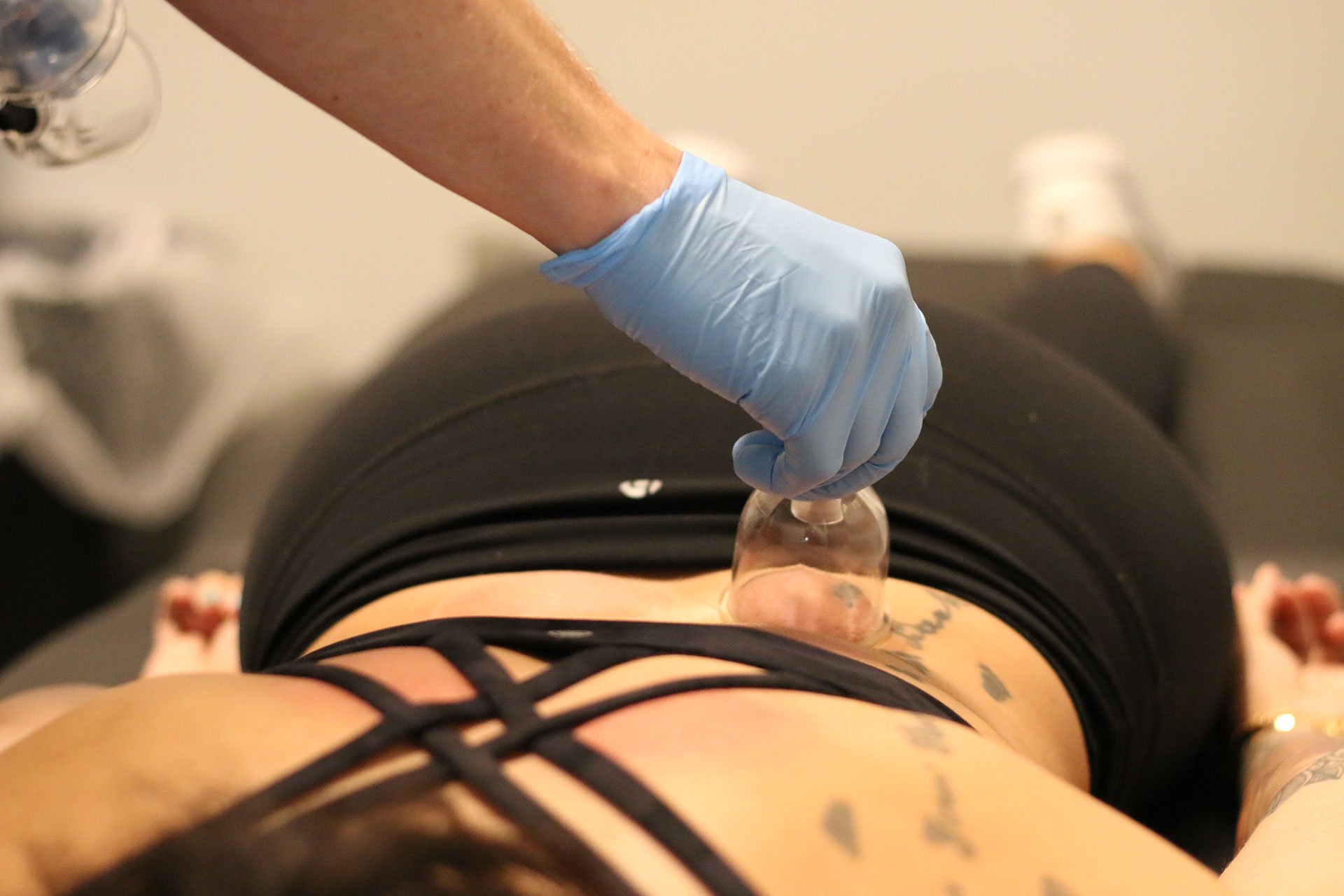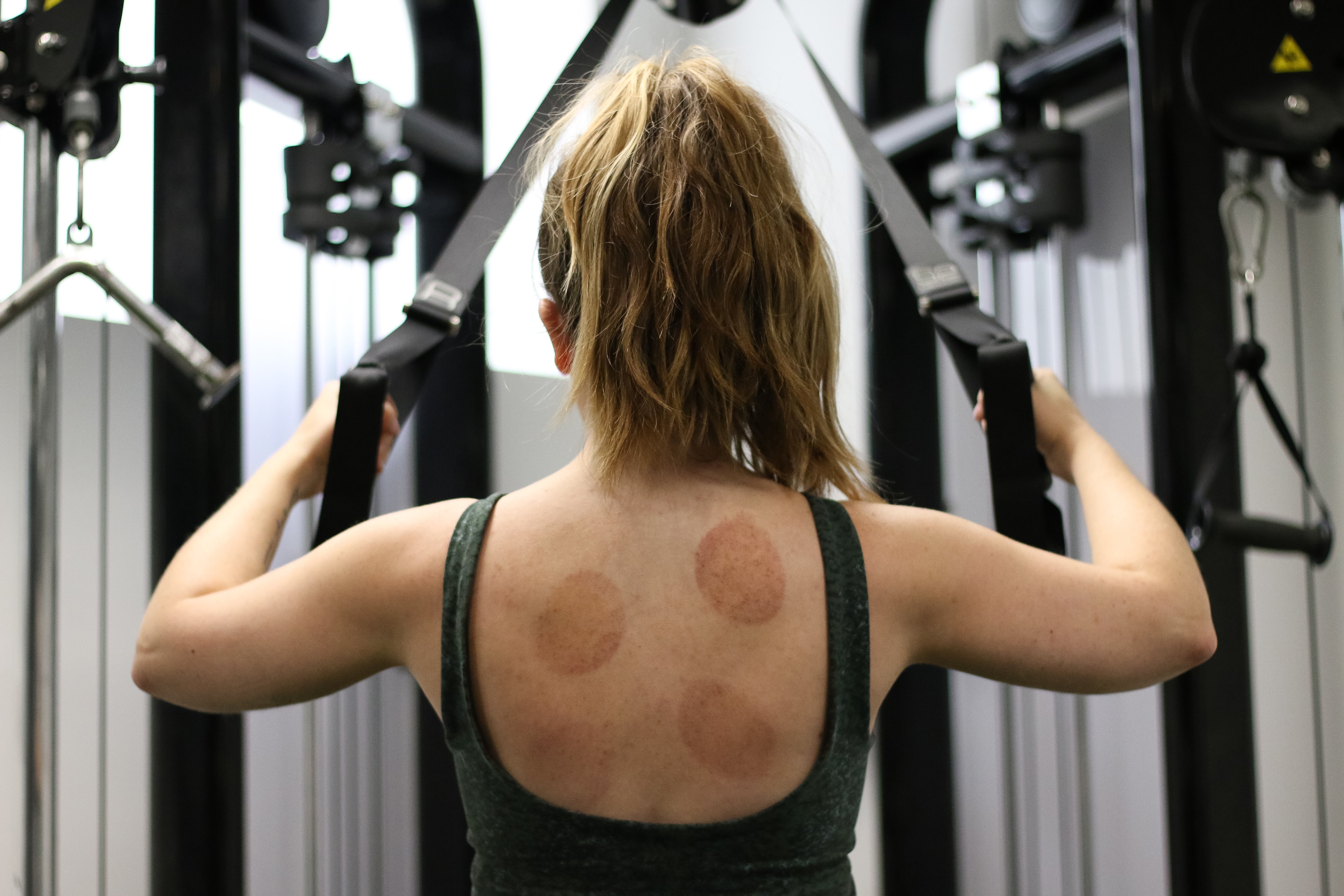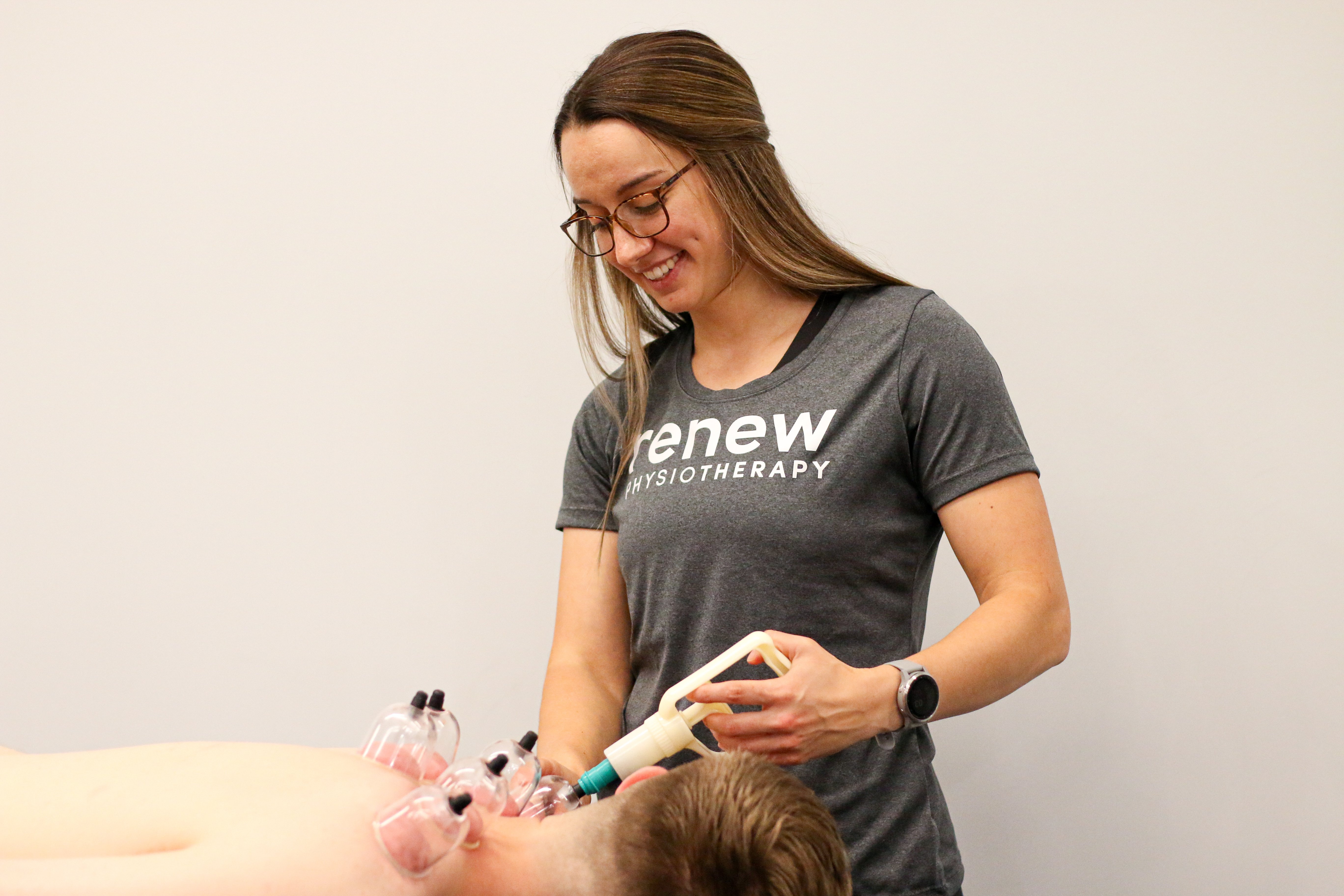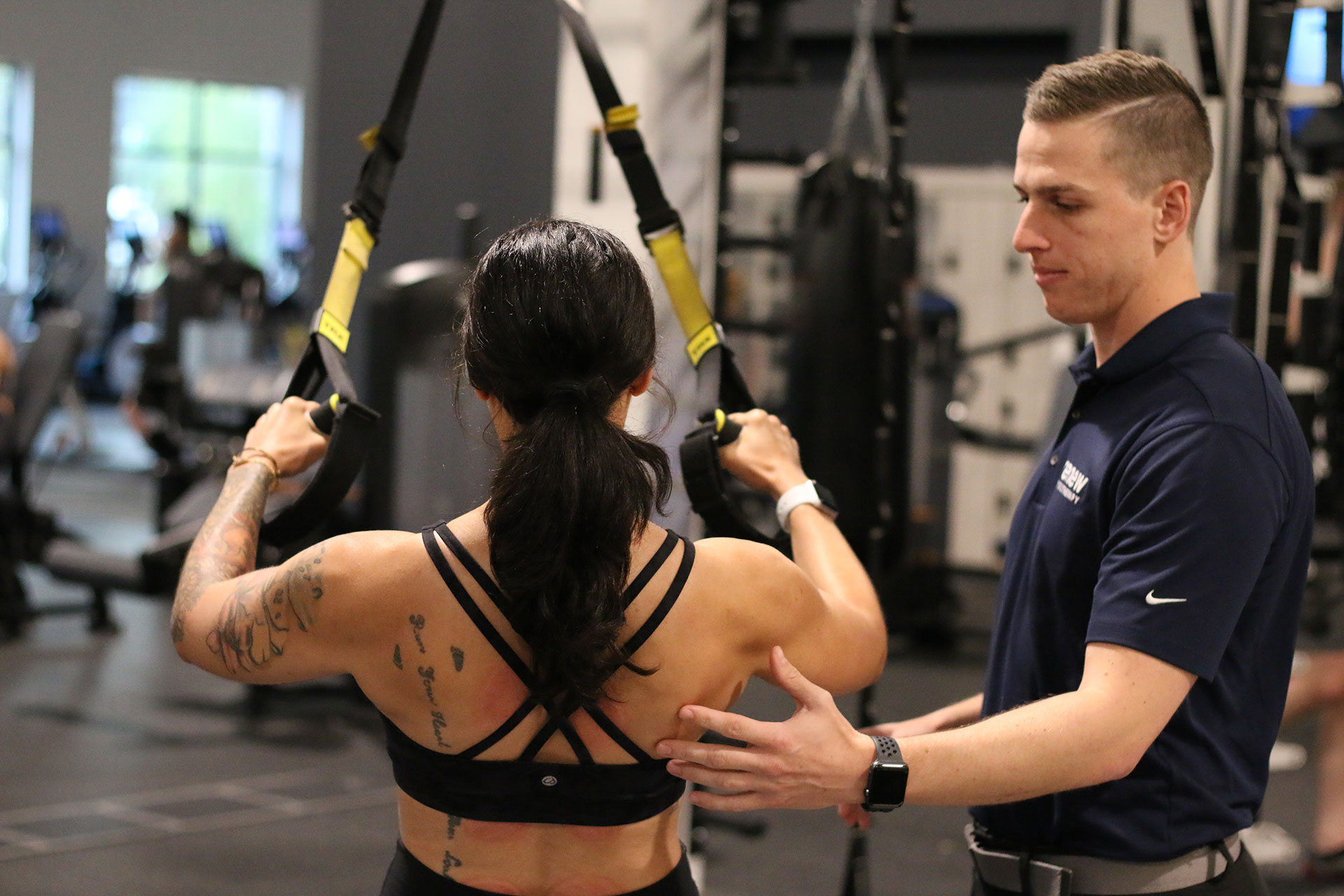Have you heard about cupping therapy before? Most of us know about cupping from professional athletes like Michael Phelps or celebrities like Kim Kardashian and Zac Effron from pictures posted during their cupping session or sporting those strange round marks around town afterward.
Even though cupping is having a moment in the spotlight right now, this is a treatment that has been around for thousands of years! (Some of the earliest accounts of cupping date back to China in 300 A.D.) But you don't need to be an Olympian or an A-lister to benefit from this treatment.
Keep reading to learn everything you need to know about cupping and see if cupping is right for you!
What is Cupping Therapy?
Cupping therapy is just what it sounds like. Small cups are placed on the skin, and then a tool attaches to the air nozzle at the top of the cup and is used to pump the air out of the cup creating suction. The suction increases blood circulation to the areas where the cups are placed. The increased blood flow to these areas helps relieve muscle tension and promote cell repair to help provide pain relief.
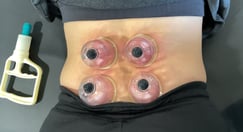 Where is Cupping Done?
Where is Cupping Done?
Cupping is most commonly done on the back, shoulders, and neck. Sometimes the forearms, chest, hamstrings, and calves are done if needed. Occasionally cups can even be placed on the face if you are receiving a facial or cosmetic cupping treatment.
When Should You Get Cupping Done?
You should get cupping done ideally when you have muscles that are too tight, sore, stiff, or painful. If you have areas of your body that you can't seem to shake the discomfort from, cupping is worth a try. You should also consider cupping if the pain keeps returning, if stretching the area does not help, or if you're experiencing knots that are stubborn to get rid of.
What to Expect from a Cupping Session.
During your treatment, you can expect the practitioner to ask you about symptoms you have been experiencing and about your health history if it is your first time being treated. They will then place cups on the affected areas and begin the cupping process. You will feel a sucking sensation and pressure as the air is suctioned out. Depending on the type of cupping, the practitioner may leave you to rest for a few minutes before returning to remove the cups (be sure to confirm the cupping treatment type before you start your treatment!)
How does the suction part work?
At Renew Physiotherapy, we use a modern approach to cupping. Unlike some practitioners that utilize heat as a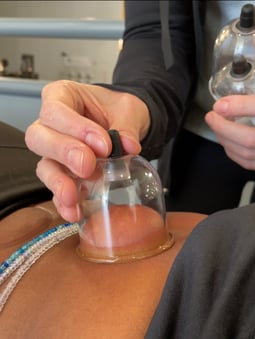 way to create suction, we use rubber pumps that attach gently to the cups to create suction that is comfortable for treatment.
way to create suction, we use rubber pumps that attach gently to the cups to create suction that is comfortable for treatment.
How long will my session last?
Typically a traditional cupping session will last 5 to 10 minutes. Other cupping methods will vary. For instance, running cupping involves applying oil before suctioning the cups to the skin and then the cups are slowly moved around the area to create a massage-like effect. This type of cupping may exceed 10 minutes depending on the kind of service you're receiving. But there is also flash cupping, which involves the cups being quickly suctioned and released. This type of treatment will take 5 to 10 minutes to complete as well.
How long will I have those cupping marks?
The discoloration or marks left behind from the cups doesn't always occur. But if you notice cupping marks have occurred, these usually go away within 7 days of your session. TIP: You should avoid getting another cupping treatment on these areas until the markings are completely gone.
Things to Consider Before a Cupping Session.
While cupping is beneficial to most people, it isn't recommended for everyone. You should avoid cupping if you are currently on any blood-thinning medication. You should also avoid cupping therapy if you have
- Sunburn
- Open wound
- Skin ulcer
- Thinning/ Fragile skin
Cupping is an ancient technique that is quickly becoming more popularized in modern-day health and wellness routines. Its ability to provide pain relief, increase blood flow, and even help boost immune function makes it an ideal treatment for most people. You should only receive cupping treatments from trained practitioners like the physiotherapists at Renew Physiotherapy. To learn more about cupping and the benefits it could have for you, book your first free session with a Renew Physiotherapist today!







